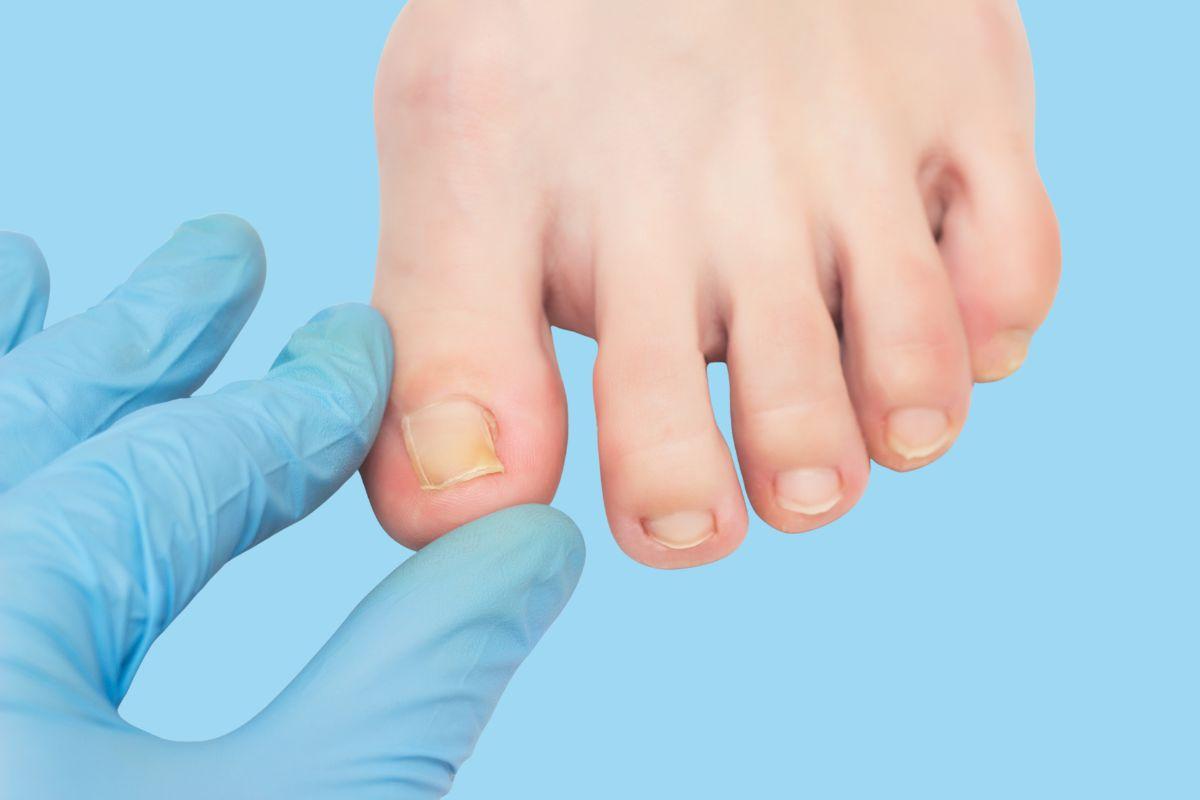Nail fungus, also known as onychomycosis, can be a persistent and frustrating problem. Discoloured, thickened nails that resist every over-the-counter remedy can cause both discomfort and embarrassment.
The reassuring news is that nail fungus is very common, and with proper diagnosis, consistent treatment, and good nail care, it can be successfully managed.
Doctify helps patients connect with verified dermatologists and podiatrists who can assess the condition of your nails, identify the cause, and recommend the most effective treatment plan for long-lasting results.
What is Nail Fungus (Onychomycosis)?
Nail fungus develops when fungal organisms invade the nail plate, nail bed, or surrounding skin. The infection can begin after minor trauma, exposure to damp environments, or spread from untreated athlete’s foot.
It is more common in older adults, people with diabetes, and anyone with a weakened immune system. Although nail fungus is rarely dangerous, leaving it untreated can lead to spreading infections, nail deformity, and discomfort when walking or wearing shoes.
Common Symptoms
Typical signs of a fungal nail infection include:
- Yellow, brown, or white discolouration of the nail
- Thickened, brittle, or crumbly nail texture
- Separation of the nail from the nail bed or a foul odour
- Mild pain or tenderness when pressure is applied to the nail
If more than one nail is affected, or symptoms worsen despite home remedies, it is important to seek medical advice.
Why nail fungus is hard to treat
Nail infections can be stubborn because the nail surface acts as a barrier, preventing topical medicines from reaching the fungus beneath. Many non-prescription creams and lacquers are only effective in mild, early cases.
Fungi grow slowly, so even with the right treatment, improvement may take several months as new, healthy nail grows in. Recurrence is also common if treatment is stopped too soon or if contaminated shoes, socks, or surfaces are not properly cleaned.
Treatment Options: What works best
Oral Antifungal Medications
Prescription tablets such as terbinafine (Lamisil) or itraconazole are the most effective treatments for stubborn or widespread infections. These medicines reach the nail bed through the bloodstream and help the body grow a new, healthy nail.
They are typically taken for 6 to 12 weeks. Because oral antifungals can rarely affect liver function, doctors usually recommend a simple blood test before or during treatment to ensure safety.
Topical Treatments
For mild or early infections, antifungal nail lacquers such as ciclopirox or amorolfine can be applied directly to the nail surface. They are safe for long-term use but work best when the infected nail is gently thinned or filed down to allow better penetration.
Although topical agents are less effective for thick or deeply infected nails, they can be an excellent option when used consistently or in combination with oral medication.
Laser or Light-Based Therapies
Laser and light-based treatments target the fungus with controlled heat or light energy, damaging its structure and slowing its growth. Several sessions may be needed, and results vary, but these options can help patients who cannot tolerate or prefer to avoid oral medications.
Complementary nail care and prevention
Supporting medical treatment with good nail hygiene makes a big difference. Try to:
- Keep nails clean, short, and dry
- Disinfect nail clippers and avoid sharing tools
- Wear breathable shoes and moisture-wicking socks
- Change socks daily and rotate footwear
- Avoid walking barefoot in communal areas such as pools, gyms, or locker rooms
These steps reduce reinfection risk and support faster healing.
When to See a Dermatologist
If your nail symptoms persist despite months of home treatment, or if several nails are affected, it is time to see a dermatologist. This is particularly important if you have diabetes, poor circulation, or a history of recurrent infections.
A specialist can confirm the diagnosis using nail culture or microscopy, which ensures the right type of fungus is being treated. They can then design a personalised plan to clear the infection effectively and prevent relapse.
How long does treatment take?
Patience and consistency are essential. Because nails grow slowly, visible results often take six to twelve months for toenails and three to six months for fingernails. Stopping medication or skipping applications early can cause the infection to return.
Follow-up appointments allow your doctor to monitor progress and confirm that the fungus is fully cleared.
Conclusion
Nail fungus can be stubborn, but it is highly treatable with the right combination of medical care, hygiene, and consistency. Whether you need oral medication, topical therapy, or laser treatment, getting an accurate diagnosis is the key to success.
If you have ongoing nail changes or discomfort, book a consultation through Doctify with a verified dermatologist or podiatrist. With expert guidance and persistence, you can restore healthy nails and prevent the infection from coming back.
Find the right specialist for you. Doctify uses verified reviews so you can make the best decision for your healthcare.

Find the best dermatologists in the United Kingdom, or search for trusted experts globally:
- Dermatologists in Ireland
- Dermatologists in Australia
- Dermatologists in the United Arab Emirates
- Dermatologists in Germany
Medically Reviewed
Last reviewed on 03/11/2025



